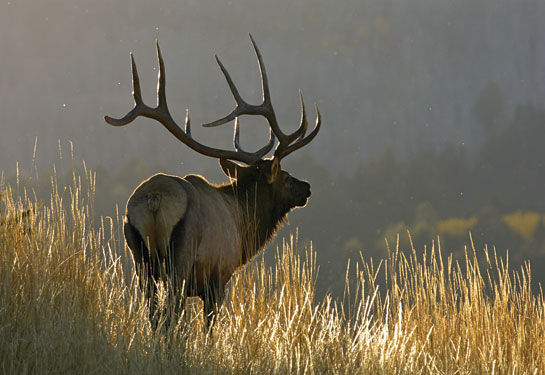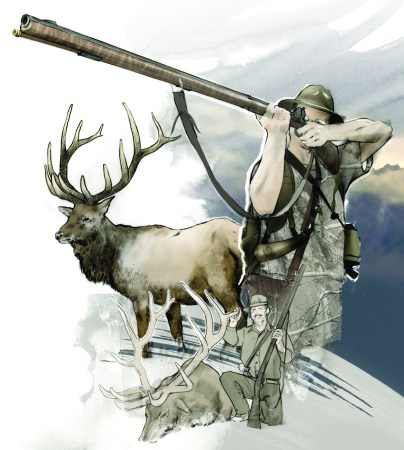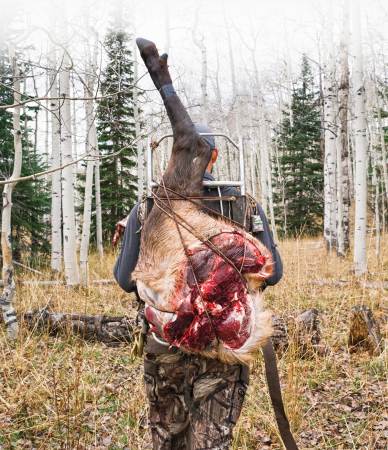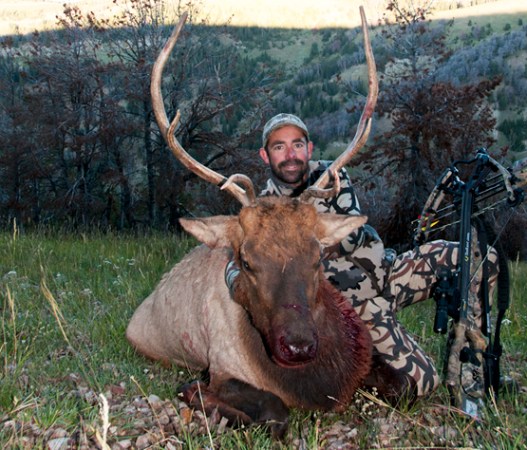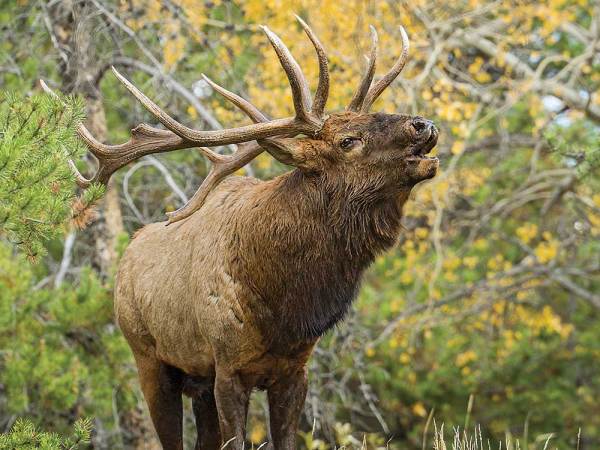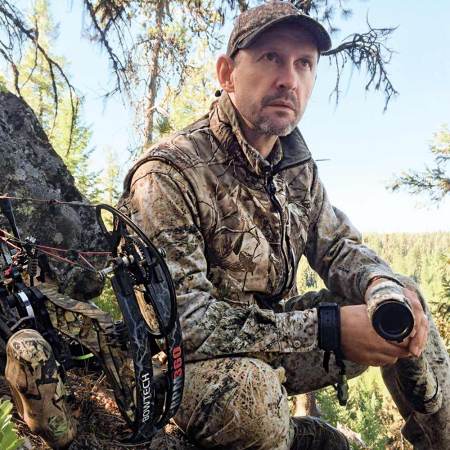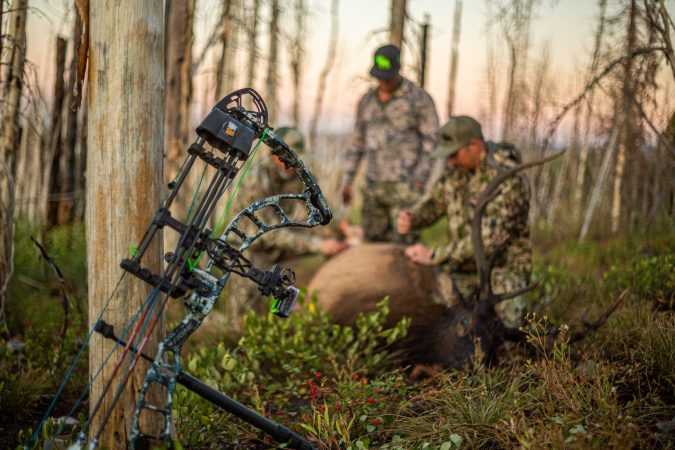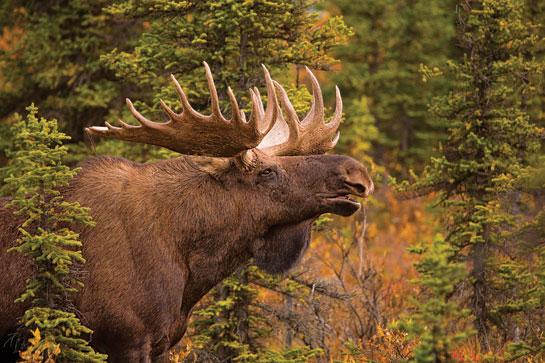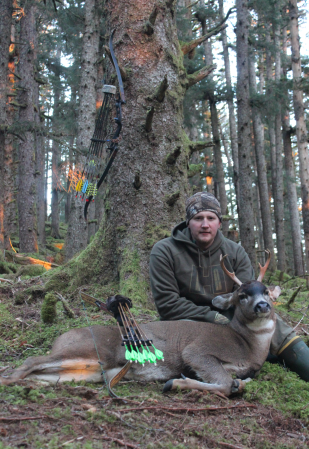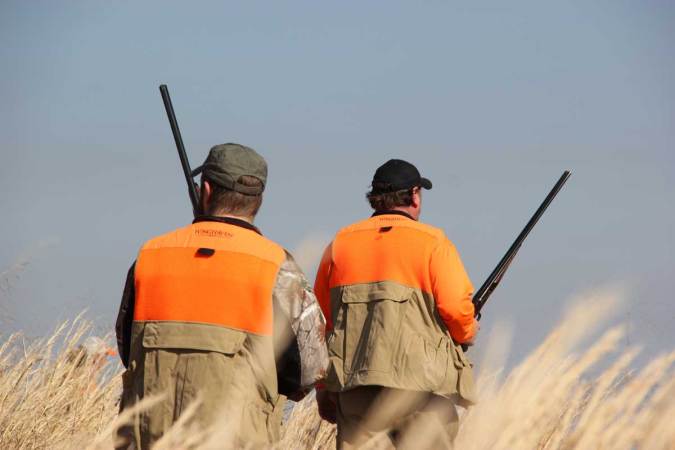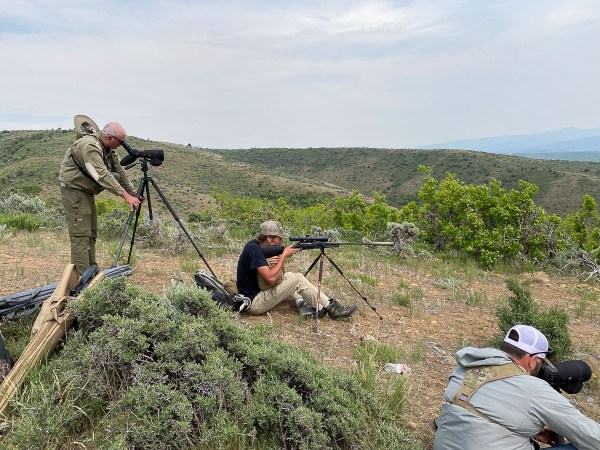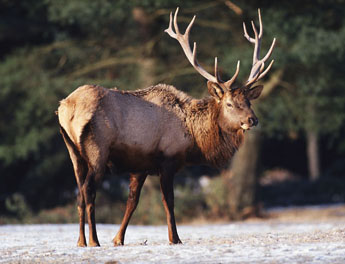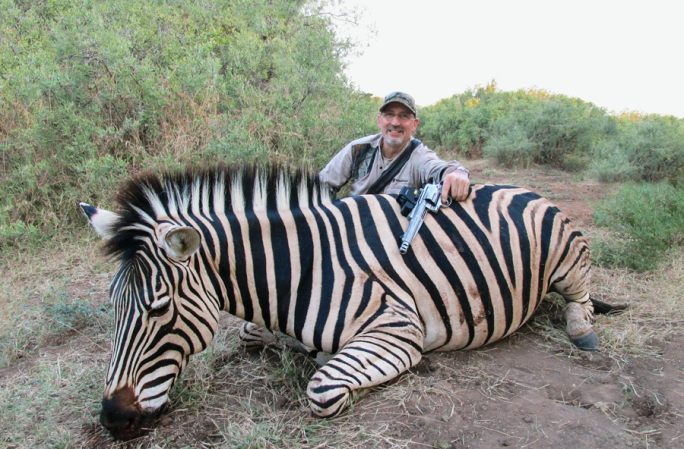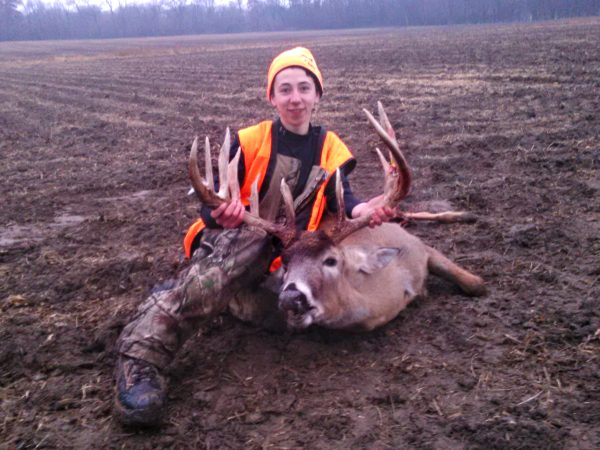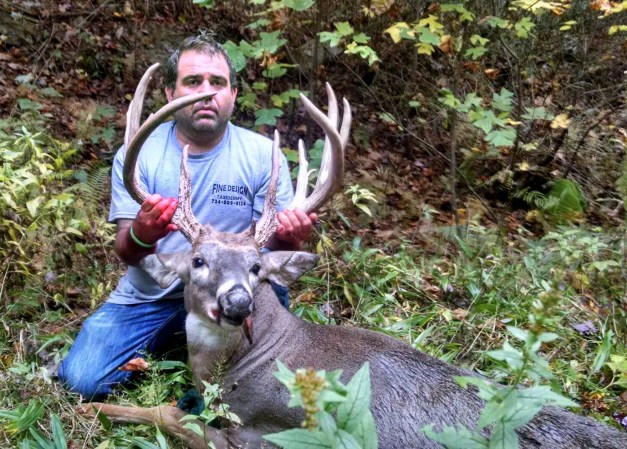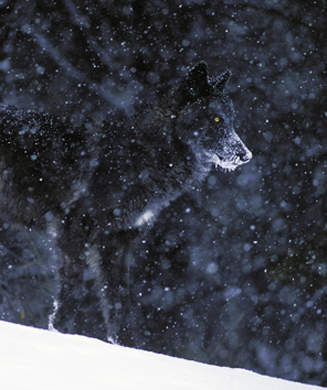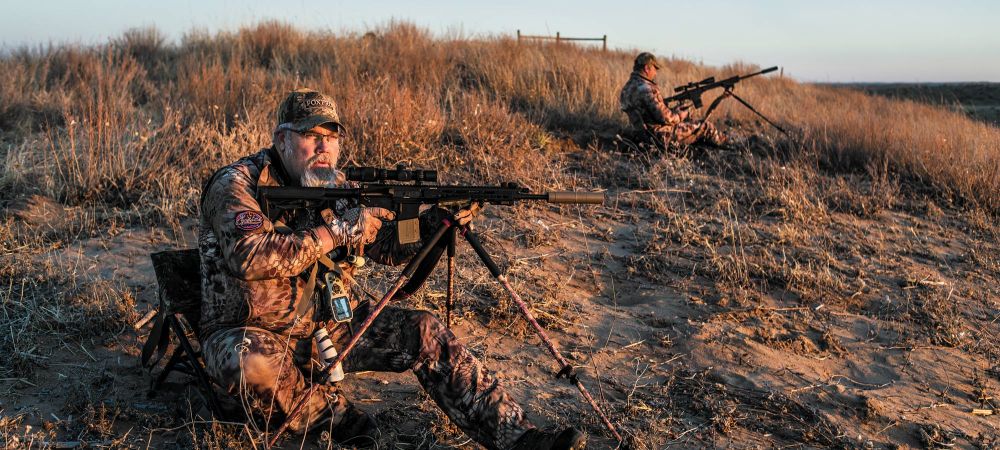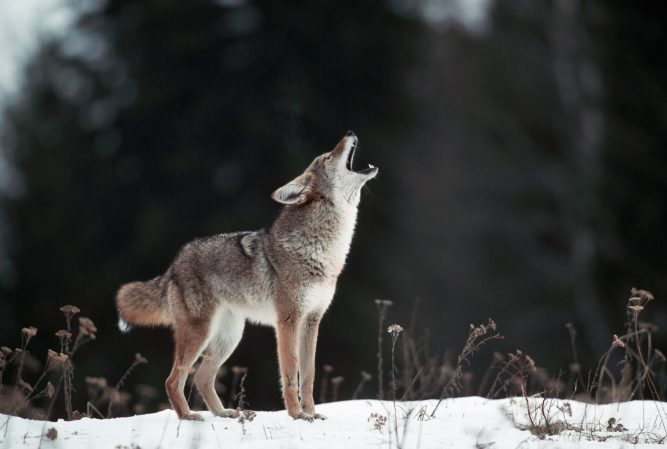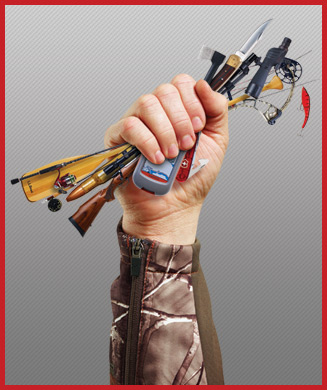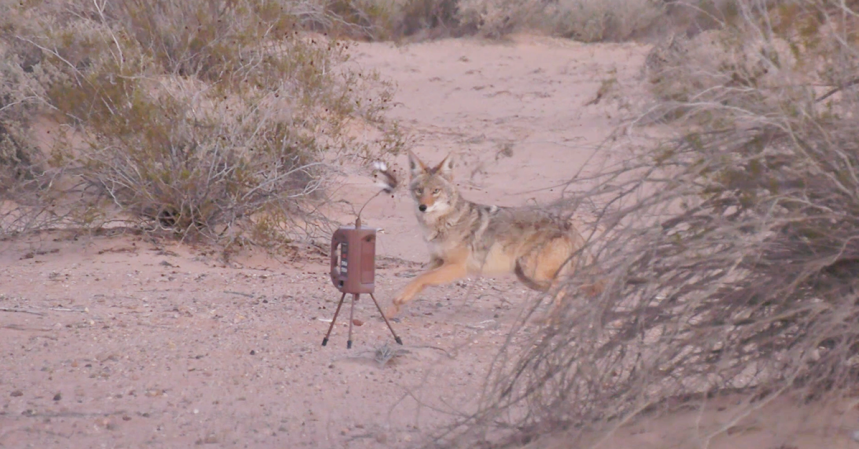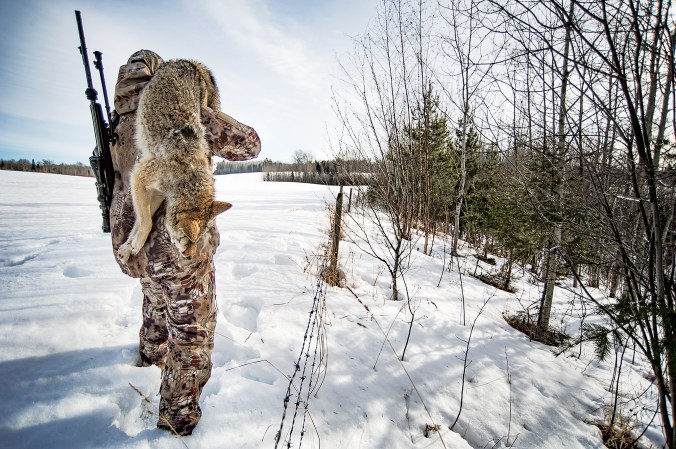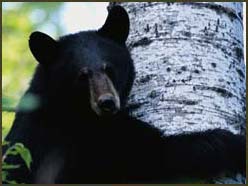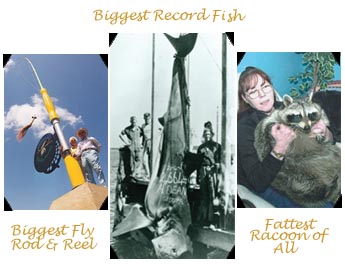You might expect a top elk caller to focus all his hunting advice on proper call selection, volume, tone, timing, or teamwork. But an 8-time world champion says the most critical step in calling elk into bow range is not the quality of the calling, but in how you set-up to intercept an approaching bull.
Corey Jacobsen of Boise, Idaho, won the Rocky Mountain Elk Foundation/Leupold World Elk Calling Championships in Las Vegas on Dec. 5-6.
Jacobsen is the most decorated elk caller in the competition’s history, but he’s also a consistently successful hunter, and he offers some unexpected advice on how to call elk into bow range.
“Set-up, not calling, is probably the most critical step,” he says. “Set-up always plays a major role in determining the outcome of a hunt. I can’t count how many hunts have been blown by a bad set-up – too much brush to shoot through, not enough cover to hide in, no shooting lanes, inconsistent wind currents, caught in the open, the list goes on and on.”
Jacobsen, a mechanical engineer by trade, advises, “A bull will often approach your set-up by circling downwind. I like to visualize a straight line from the caller to the bull, then draw an imaginary arc on the downwind side. This is the path a bull will likely follow as he comes in. Always try to set up along that arc.”
If RMEF hosted a World Elk Set-Up Championship, that’s one competition, Jacobsen says, that could separate great elk hunters from those who are simply great elk callers.
More about the event
Jacobsen won the event’s top category, the Professional Division, but competition also was held in peewee, youth, natural voice, women’s and men’s divisions. Complete results are posted here.
RMEF hosts the event annually to help draw attention to elk, hunting and habitat conservation – and to find out who’s the best elk caller in North America. Amateur and professional callers come from across the U.S. and Canada. Competitors have 30-45 seconds to mimic cow and bull sounds. Judges score each competitor anonymously. Winners receive prizes and cash ranging from $500 to $2,500.

